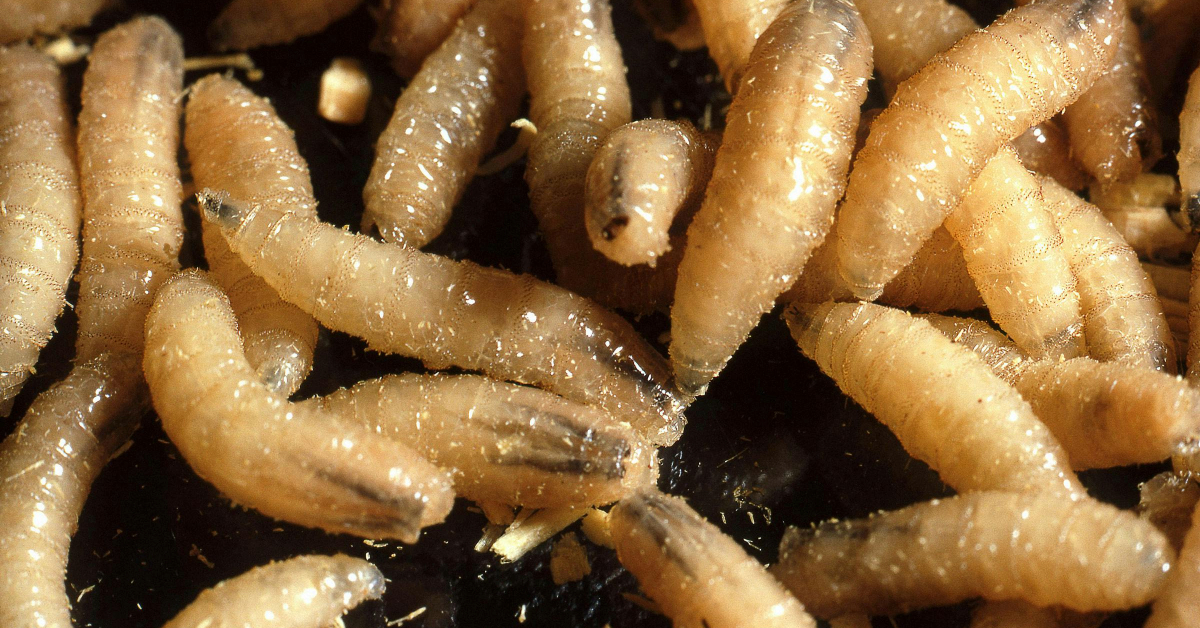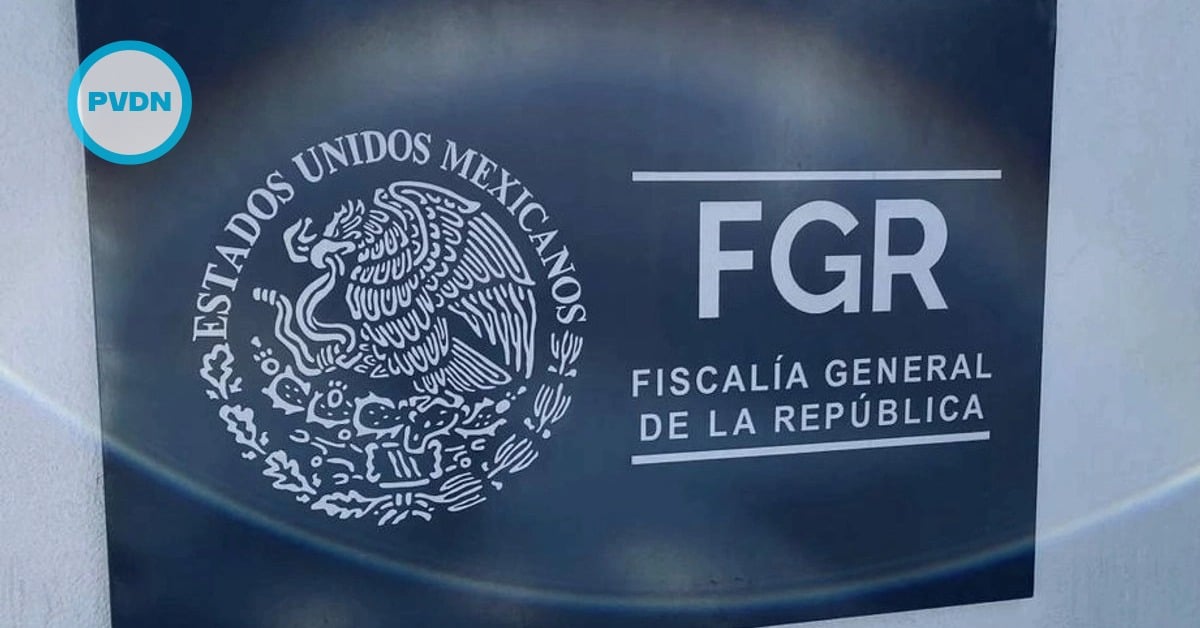USDA specialists arrived in Mexico to evaluate screwworm eradication efforts after a month-long suspension of Mexican cattle exports. Only 281 cases remain active. Over a month after the United States suspended cattle imports from Mexico due to a resurgence of screwworm cases, ag…






